In this edition of our alphabet-based fruit lists, we’re taking a look at the letter ‘I’. Here we have listed the fruits that start with I.
Honestly, there aren’t many common fruits that come to mind when you think of this letter so it’ll take some pretty niche species of fruits to fill out this list.
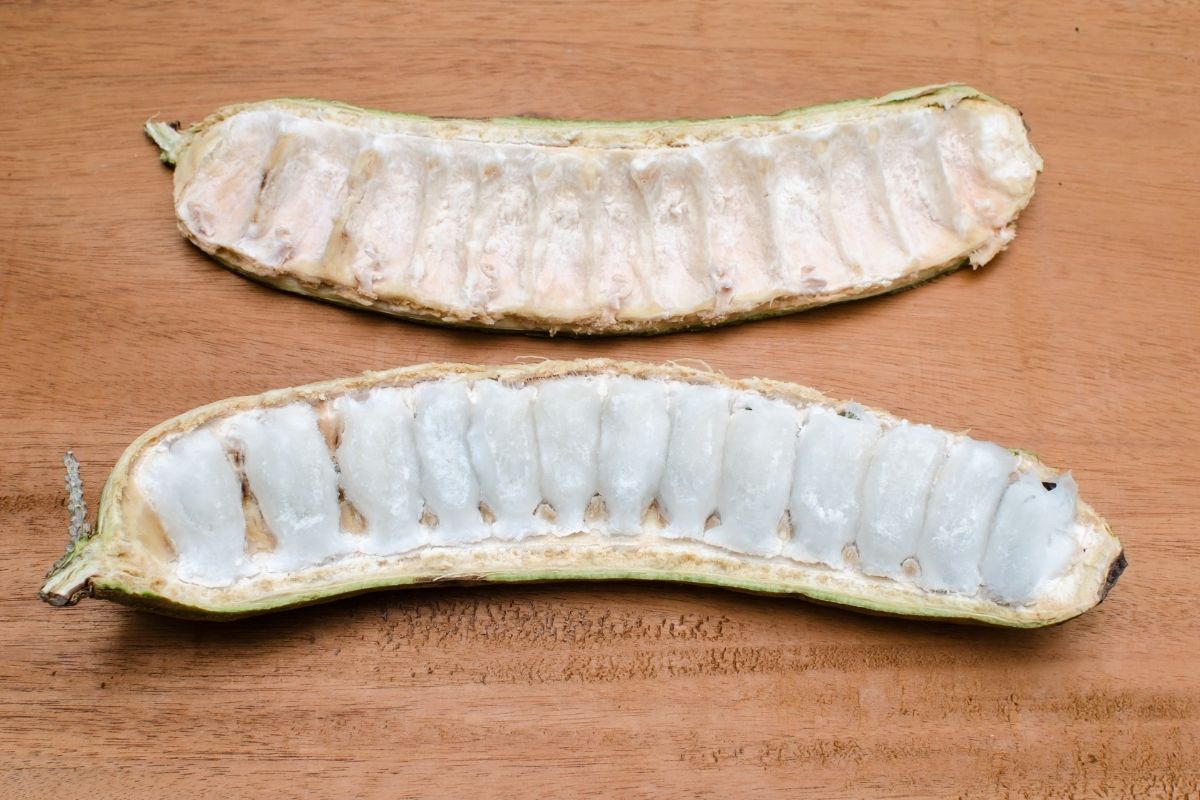
Without further ado, let’s learn about some obscure I-fruits!
1. Icaco
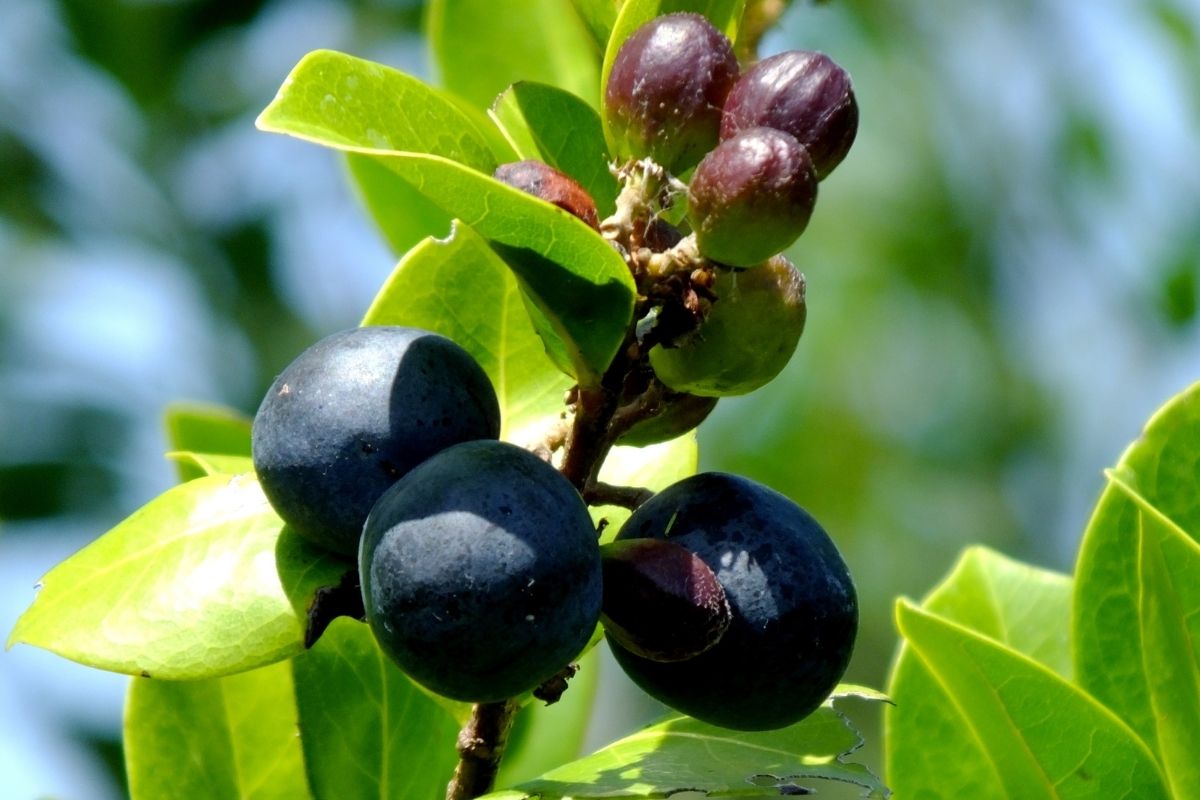
The first fruit on our list could be considered slightly cheating. The name Icaco refers to the tree upon which the cocoplum fruit grows. However, some people also refer to the fruit itself as icaco so we’re going to count it!
The plant is native to many parts of Africa, the Caribbean, Florida, and the Bahamas.
It doesn’t have a particularly strong flavor and it was once considered inedible.
Since its discovery, it has been found to be completely edible, including the seeds inside the fruit. In fact, icaco fruit is often used to make jams and jellies where the added sweeteners can enhance its flavor.
2. Imbe

This is the name for another tree that is indigenous to tropical regions of Africa but is also used to describe the fruit that grows on it.
The imbe fruit is a small, round thing that looks something like an orange tomato growing on a tree.
Unlike the previous fruit, this one is said to have a fantastically sweet and acidic taste that makes them delicious to eat without any flavor enhancers.
Interestingly, the fruit also contains natural latex, a white substance that grows on roughly 10% of flowering plants and has a taste that some people don’t enjoy.
3. Ice Cream Bean (Inga Edulis)
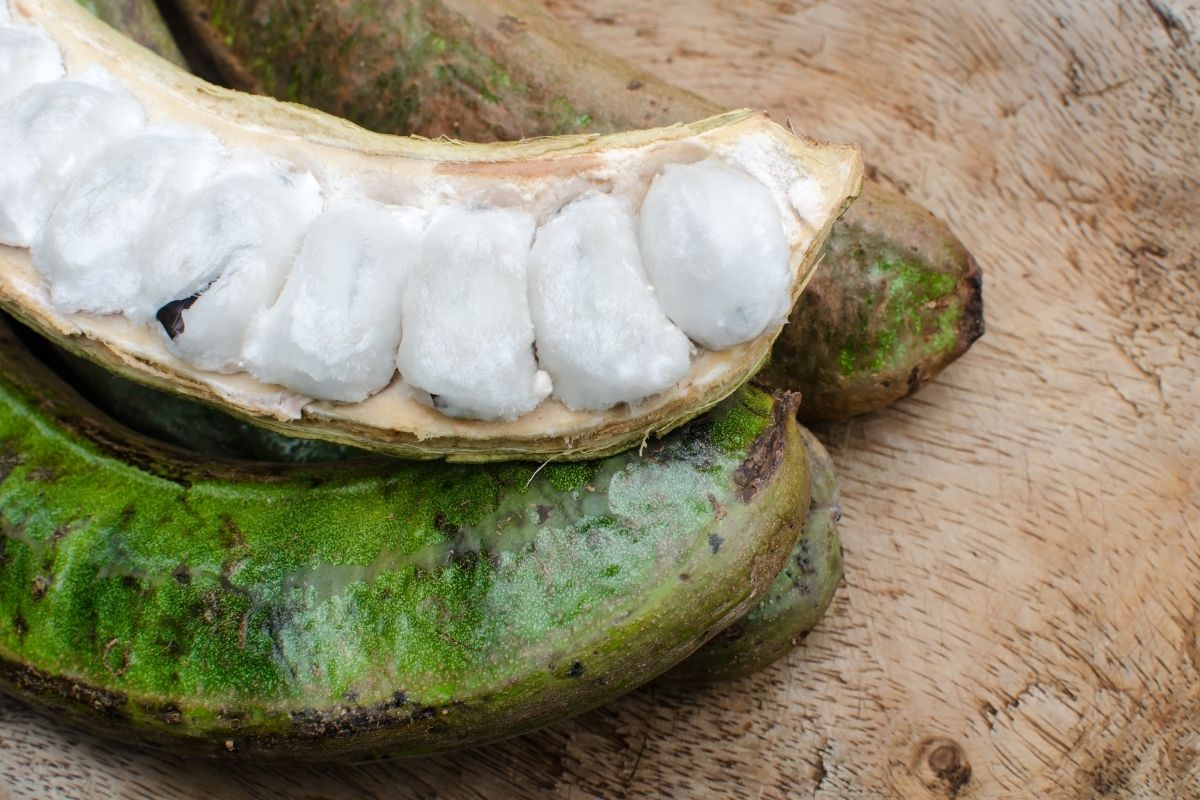
Interestingly, both the English and Latin names for this fruit begin with the letter I, so it’s a double win!
The bean is native to a few regions of South America, including Peru, Ecuador, and Colombia.
The reason it is referred to as an ‘ice cream bean’ is that it actually tastes like vanilla ice cream and has a similarly smooth texture.
The pod itself, which houses the beans of this fruit, can actually grow as long as 7 feet in good conditions and provide enough fruit to feed a family!
4. Indonesian Lime
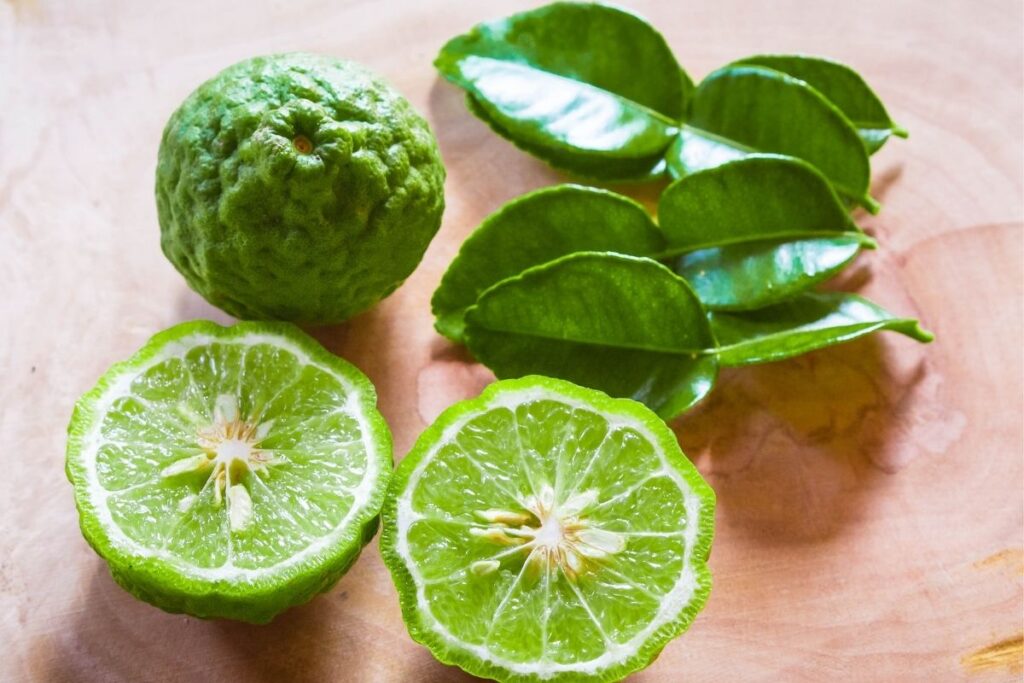
Also referred to as a Kaffir lime, this fruit is fairly similar to a traditional lime you’d pick up from a grocery store in the US, with a few unique differences.
Native mainly to Southeast Asia, this fruit is commonly used in cooking but also to make perfumes.
The rind and leaves of the plant produce essential oils with a pretty substantial citrusy fragrance that is very desirable in the perfume business.
On the outside, it looks like a very knobbly version of the limes you’re probably used to seeing but it tastes pretty much the same.
5. Ilama
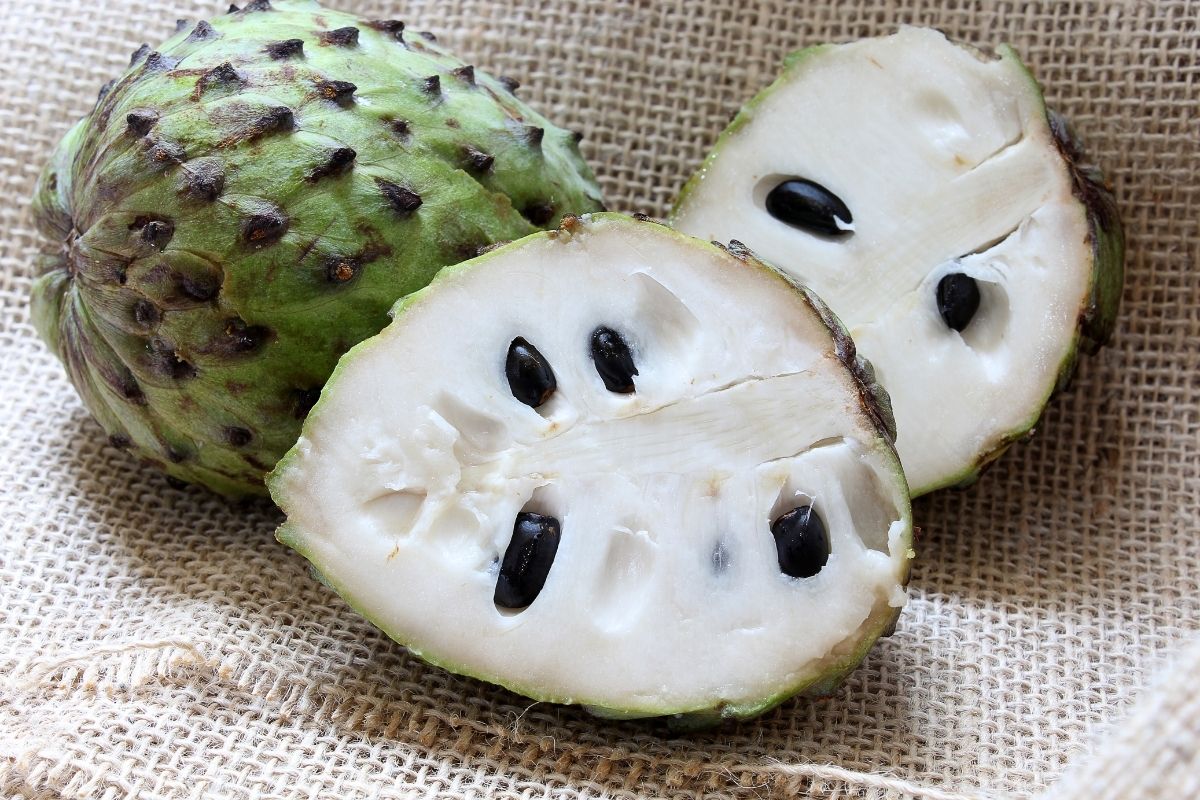
This tropical tree fruit has a very peculiar aesthetic, looking something like a large lychee berry.
It has a predominantly white rind on its exterior which houses the delicious flesh inside.
People in South America (to where the fruit is native) often eat this fruit on its own by scooping the flesh out of the rind with a spoon.
However, it can also be made even tastier with some cream, sugar, and citrusy juice from a lemon or lime.
There’s a good chance you’ve never heard of this fruit before but if you ever get the chance to try one, you should definitely take it!
6. Ice Apple
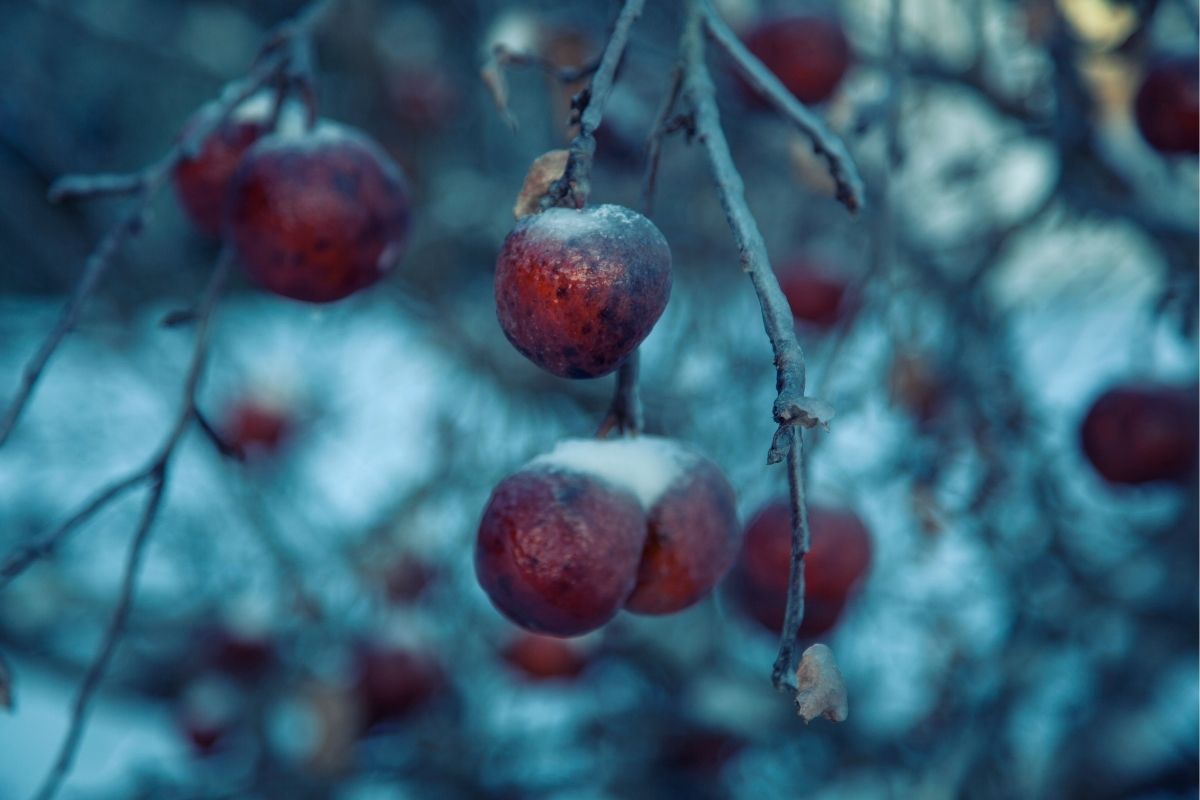
Despite its name, this fruit is actually very different from what you’d expect a typical apple to look and taste like.
Native to Southeast Asia, the ice apple grows on very large trees which can hold the fruit up to 100 feet above the ground, away from hungry wildlife.
The fruit itself has a black husk that encapsulates sweet jelly seed sockets.
The soft pulp of the fruit is known to be quite delicious, containing plenty of natural sugars and being rich in vitamins A and C.
The fruit can also be eaten at various stages of its ripening process when it will have significantly different flavors.
7. Illawarra Plum

This Australian-native fruit looks a lot like a plump blueberry but actually has a flavor more like a traditional plum.
The tree that grows the Illawarra plum can grow over 100 feet tall with a pretty chunky trunk.
In fact, this tree is actually also used for a lot of other purposes, including furniture building and joinery.
The fruit is just as much at home in a jam or jelly, like many others on our list, as it is being used in a sauce or marinade for savory dishes.
8. Indian Almond
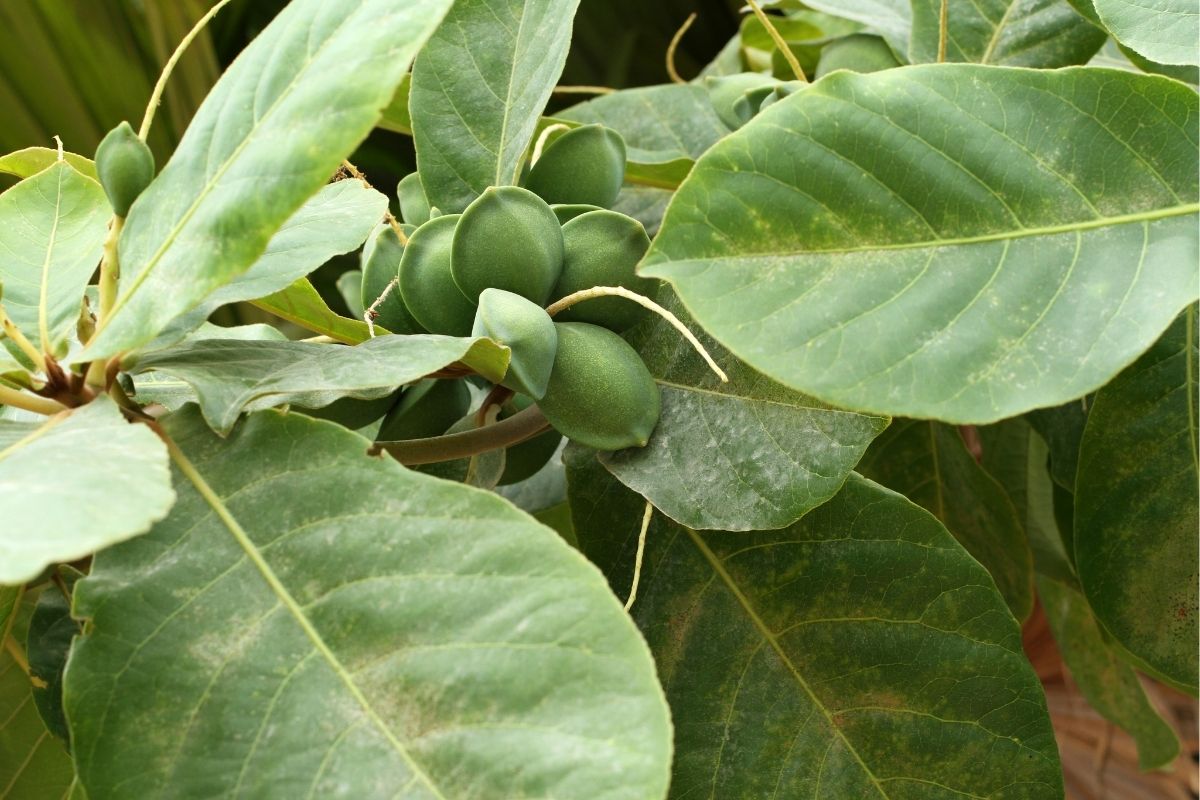
Fair warning, all of the remaining fruits on our list begin with the word ‘Indian’, so you can assume that this is where they are all native!
The Indian almond isn’t too dissimilar from an almond you’d find in the United States but has a slightly more acidic taste.
The most interesting features of this plant actually concern the wood of the tree that grows it.
The solid, red wood is very water-resistant and is perfect for building water-based structures like canoes.
Similarly, the leaves of this plant are said to have medicinal properties and are used to make teas for treating liver diseases.
9. Indian Fig
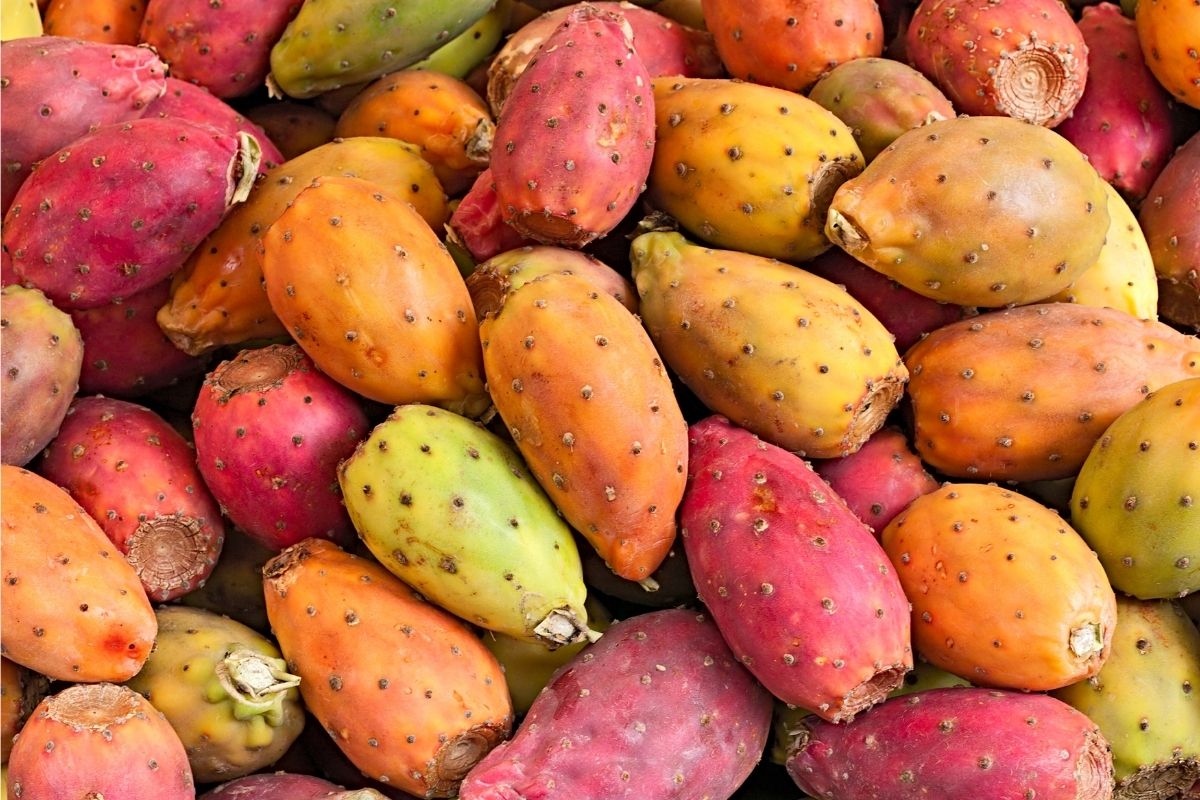
Interestingly, this fruit doesn’t grow on a tree or a vine, but a cactus.
This means the plant is able to endure some pretty desolate conditions and grow healthily in incredibly dry regions.
The fruit itself looks something like a prickly berry that protrudes from the cactus with colors that range from red and purple to white and yellow.
You’re supposed to remove the seeds and thick outer skin before eating and the flesh itself tastes a lot like watermelon.
Interestingly, this fruit has one of the highest concentrations of vitamin C of any in the world!
10. Indian Gooseberry

This is an adorable little green berry that grows on similarly small trees of 4-25 feet in height.
They have a series of vertical stripes running along the sides of the fruit, segmenting them almost like a miniature orange.
The berries are actually notoriously difficult to harvest because they tend to grow on the highest branches of their tree.
However, the trees themselves aren’t exactly huge so this problem can easily be solved through the use of a ladder.
11. Indian Persimmon
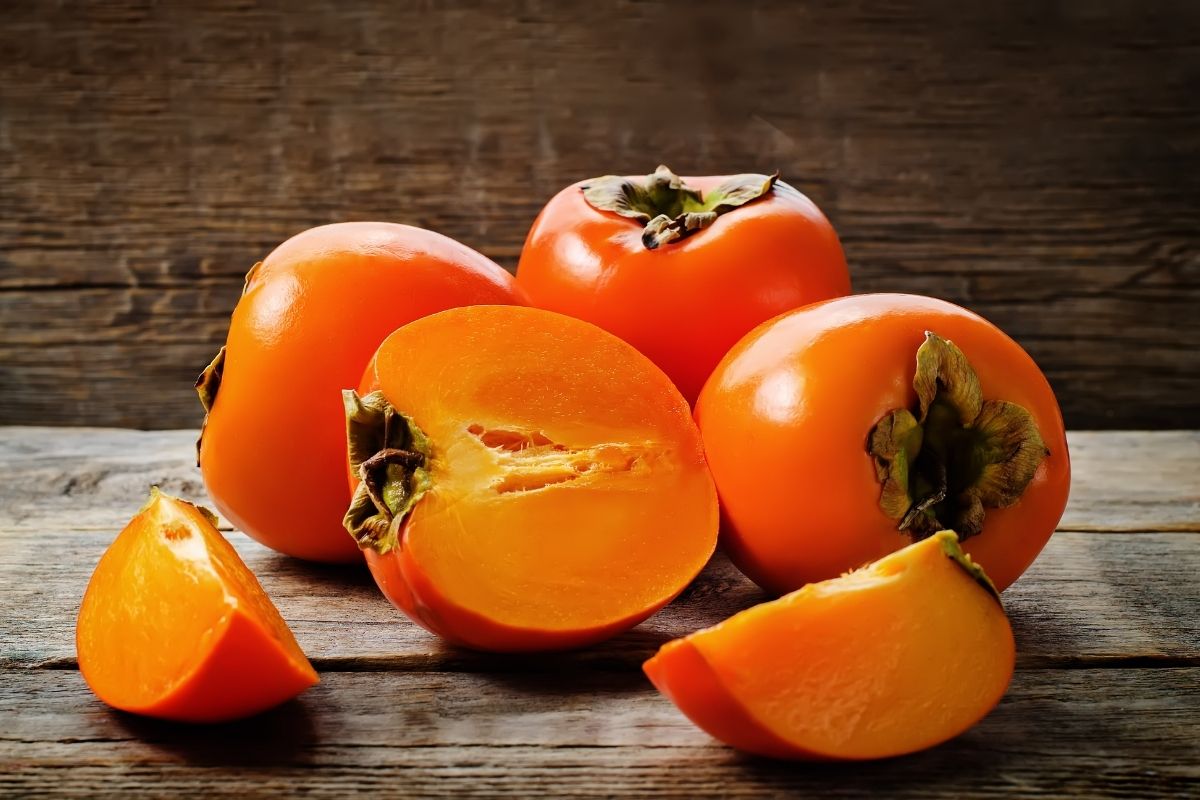
This fruit is particularly popular in the Bangladesh area and boasts a fairly sweet flavor.
It grows particularly well in damp, shady areas, making it common to see them around bamboo bushes around villages in Bangladesh.
The fruit is mostly red but can also show tinges of orange as it grows.
Indian persimmons are also well-known for being very rich in plenty of nutrients, making them a healthy snack to enjoy between meals.
12. Indian Strawberry
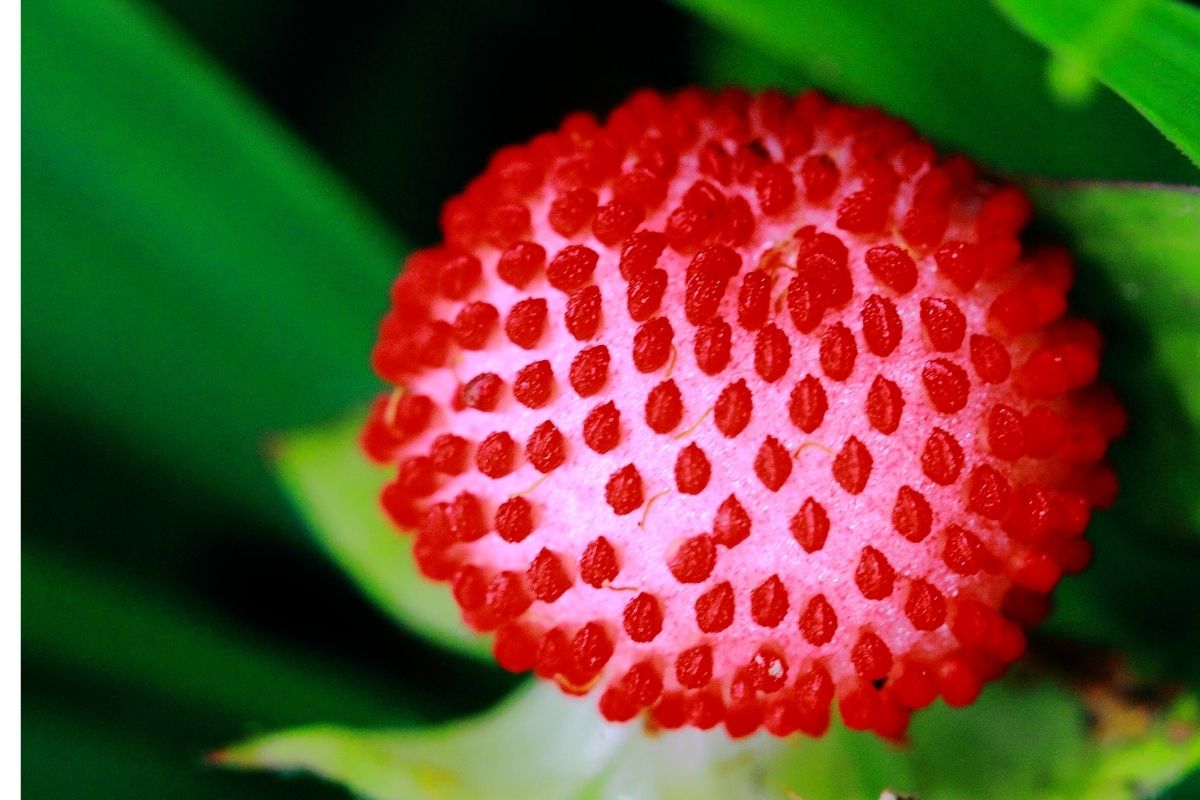
This fruit is also sometimes referred to as a ‘false’ or ‘backyard’ strawberry because they are generally thought to taste weaker than regular wild strawberries.
However, they are somewhat healthier than these wild strawberries, producing no toxicity when consumed by humans.
They are, of course, very similar in taste, texture, and appearance to a regular strawberry. However, the Indian variety also boasts a smaller, spiky aesthetic that makes it look almost floral.
RELATED: Tall and Sweet: The Ultimate Guide to Strawberry Trees
13. Indian Prune
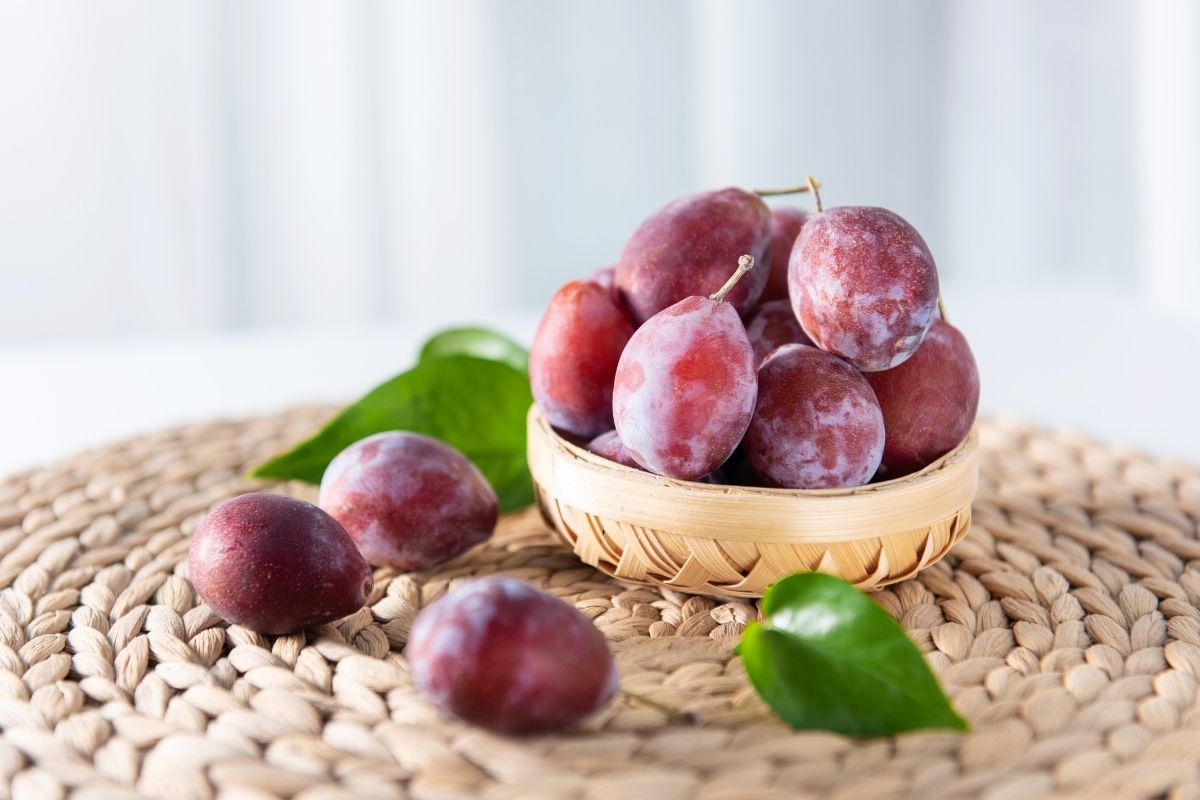
Another small, red berry that is native to Southeast Asia, the Indian prune can also easily be found growing in North America.
It is one of the earliest flowering plants in the spring season, often being used to indicate the changing of seasons.
Like all prunes, this fruit is rich in fiber, making it a healthy addition to most peoples’ diets. However, it also contains plenty of sugar and has a surprising amount of calories packed into such a small berry.
In general, the fruit tastes sweet and has a decidedly chewy texture that you won’t find with many other fruits on this list.
14. Indian Jujube
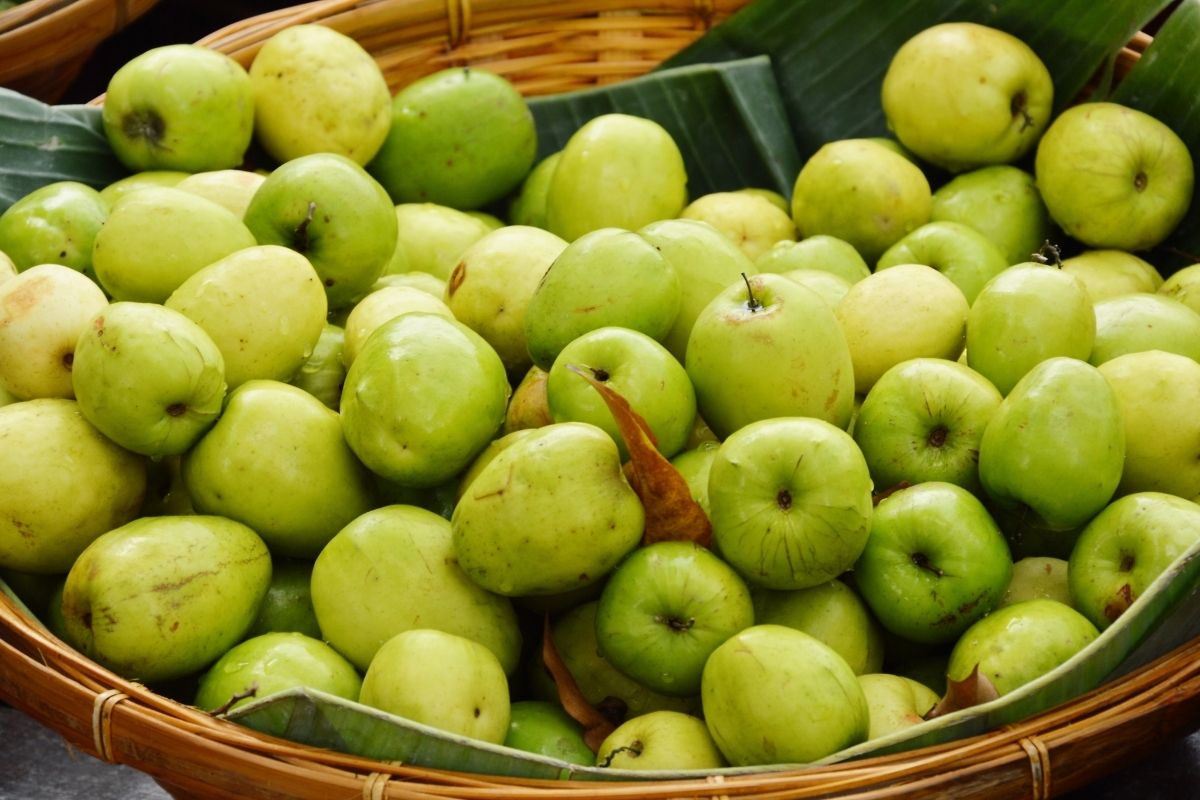
As well as its slightly unusual name, the Indian jujube also has some pretty unique properties and uses for a fruit.
It looks something like a small, green grape and has white, crisp flesh.
Interestingly, it is also frequently used for medicinal purposes. People believe it has qualities that can treat insomnia, stress, and anxiety.
However, there has been little scientific evidence found to support these claims.
15. Indian Sherbet Berry
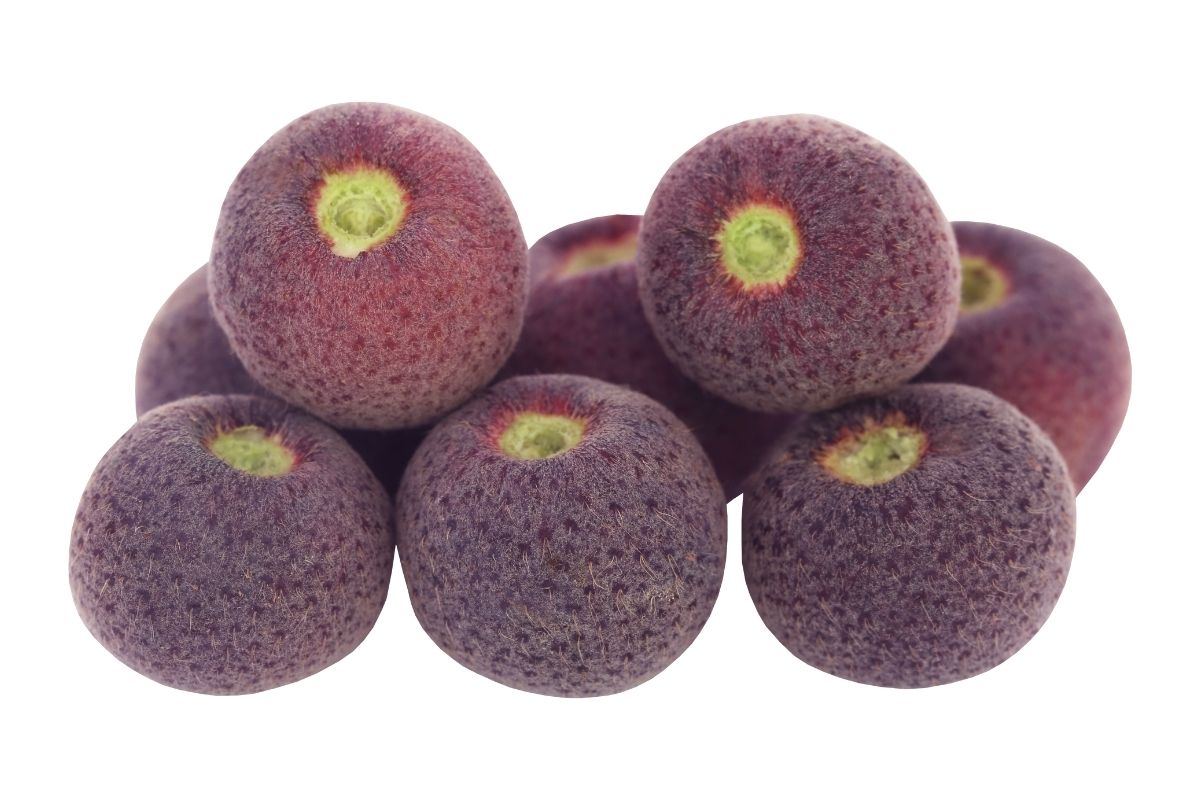
The final fruit on our list is perhaps the one with the most interesting flavor.
As the name suggests, it tastes fairly sweet and sour, making it delicious to eat on its own.
The small, purple berry is absolutely packed with nutrients, making for a healthy and tasty snack.
However, the most impressive thing about this fruit is its genuine medicinal properties.
The berry supposedly relieves joint pain, treats respiratory issues, and has a natural cooling effect.
Final Thoughts
We bet there are at least a few fruits on our list that you’d never heard of before. There’s nothing wrong with that though- it’s super fun to learn about new plants and foods!
We’ve got plenty of other alphabet-based fruit lists so feel free to check those out too.
We hope you learned something from this article, here are other articles that you can learn from:
14 Fruits With Seeds (Including Pictures)
Pumpkins: Growth Time and Stages of Development From Seeds To Fruits







